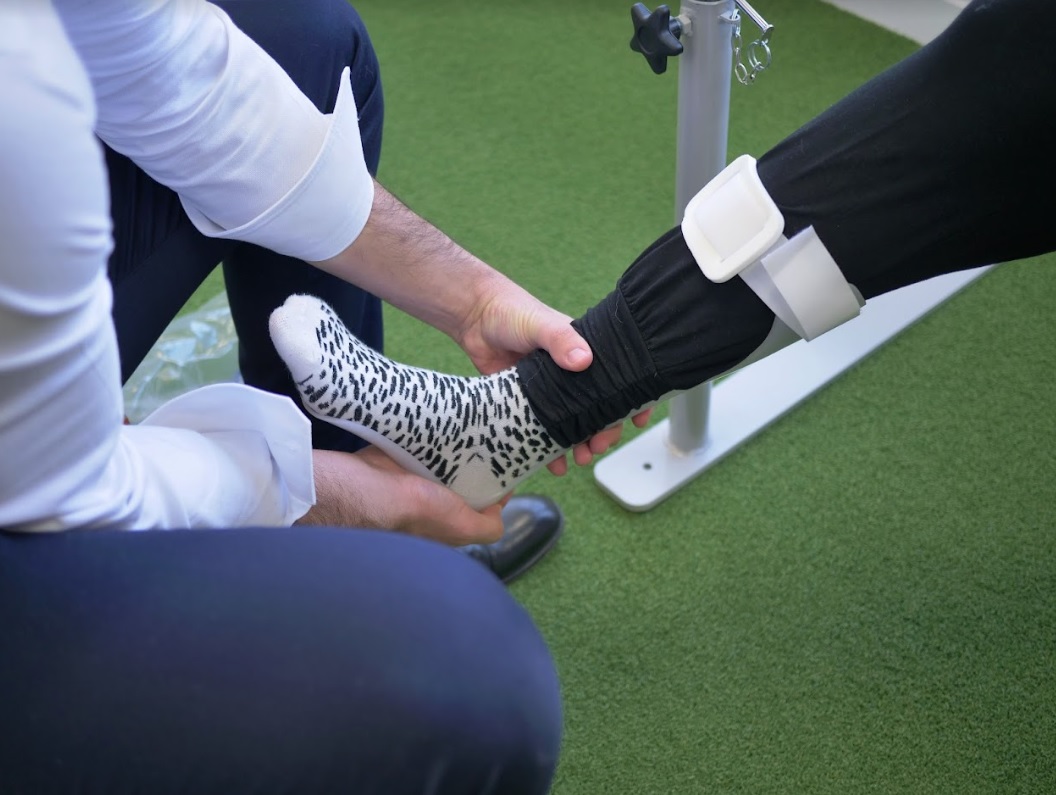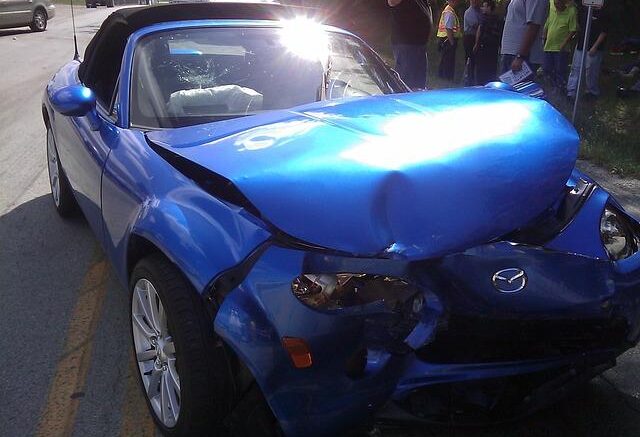Car accidents are common and may result in mild to severe injuries. In 2020 alone, 2,282,015 car accident injuries were reported, translating to 6,252 daily or four per minute. These injuries can leave victims with reduced cognitive capacity, paralysis, extremity or loss of limbs, movement restrictions caused by soft tissue injuries, or lack of coordination or balance. They can even lead to death.
Car accident injuries can be penetrating or impact injuries. Some of these injuries aren’t apparent. Understanding common auto accident injuries can inform you what to expect if you or your loved ones are involved in a car crash. This article educates you on seven common car accident injuries.
Back injuries
While any auto accident type can result in back injuries, they’re prevalent in rear-end accidents because of how the body jostles once it gets hit. Back injuries can also occur in side and front impact car accidents. The severity of your back injuries depends on the crash’s speed, direction, whether you wore a seat belt, and if the vehicle rolled over. Car accident-related back injuries may include fractures, which can be mild or severe, including compression, flexion, and burst fractures.
You may also suffer thoracic spine, facet joint, lumbar spine, herniated disc, spondylolisthesis, or spinal injuries. Car accident injuries are expensive to treat, and some may require rehabilitation. Leveraging auto insurance medical payments to cover your medical expenses can help ease the burden.
Traumatic brain injuries
Violent jolts or blows to the head usually cause car accident-related traumatic brain injuries during a crash. These injuries can affect concentration/focus, reasoning, judgment, memory, and learning. One can suffer various TBIs, each determining their impact on your life and the symptoms you’ll experience. You can suffer a closed brain injury resulting from a swift backward or forward movement and brain shaking in the bony skull, resulting in blood vessels and brain tissue tearing and bruising.
Penetrating, also called open brain injuries, happens when you get a break in your skull. Auto accident-related TBIs victims may suffer include concussions, brain contusions, and coup-contrecoup. They may also experience acquired brain injuries and skull fractures.
Whiplash injuries
Whiplash is a neck injury arising from forceful, rapid back-and-forth movements. The motion can harm your spine, bones, muscles, ligaments, discs between your bones, and other neck tissues. Whiplash injuries aren’t immediately apparent and may take time for symptoms to manifest. They impact the soft tissue surrounding the cervical spine.
In a crash, whiplash injuries are caused by rear-end accidents. Sudden deceleration or acceleration may also cause whiplash injuries. Their symptoms may include neck pain, stiffness, and headaches. You may also experience sharp pain when moving your neck, dizziness, and shoulder pain. With whiplash, you may also suffer tingling and numbness in your arms.
Chest injuries
Chest injuries are one of the most common car accident injuries. If not treated, these injuries may result in severe health complications. A vehicle’s rapid deceleration during an accident may push a passenger’s or driver’s body into the dashboard, seatbelt, or steering wheel. The impact’s force might also result in airbag deployment. The impact force from either of these situations may lead to severe or mild chest injuries. Chest pain after a crash may be due to airbag injuries, bruising, seat belt injuries, strained muscles, or internal injuries.
Signs of chest injuries after a car crash may include chest pain or shortness of breath. You may also experience fluid regulation changes. If you notice lower urine output plus leg, feet, or ankle swelling, you could be experiencing fluid retention. A blow to your chest following an auto accident may cause abdominal pain, another severe symptom. Body organs such as the spleen are found in your abdominal area. As such, pain in your abdomen shouldn’t be taken lightly.
Leg and arm injuries

Auto accidents are a common cause of leg and arm injuries. While these injuries might not be lifelong or life-threatening, they can significantly impact a victim’s life. A broken leg or arm can leave you without an income for a long time, and dislocated joints may ban lifting.
You may suffer comminuted, avulsion, compression, or dislocation fractures. Other auto-accident leg and arm fractures may include intra-articular, hairline, oblique, spiral, and longitudinal fractures. You may also experience dislocated joints, nerve damage, or rotator curve injuries. Other auto crash victims may suffer amputations or ulnar nerve entrapment.
Strains and sprains
Strains are injuries that impact tendons or muscles. Tendons link muscles to bones. When overused or overstretched beyond the usual range, they can lead to a strain. A car crash impact can fully or partially sever your tendons.
You have a strain if you experience swelling, muscle weakness, pain, muscle spasms, or challenges flexing the injured part. A sprain affects a ligament that joins two bones. When one of the ligaments is torn or stretched because of a car accident trauma, it results in a sprain. While minor sprains heal quickly, severe ones may need surgery.
Burns
Burn injuries are common in auto accidents and may affect a victim mentally and physically. These injuries may be caused by airbag deployment, explosions in the vehicle, chemical leaks during the accident, or the car developing electrical issues after the accident.
Scald, inhalation, and electrical burn injuries may also occur, but not from vehicle fires. Burn injuries may be caused by chemical, thermal, electromagnetic, or electrical energy heat. Auto accident burn injuries can be grouped into different classes depending on the extent of damage they cause to the skin, including:
- First-degree burns: These burns only affect the skin’s top layer. They leave it dry and red, without blisters
- Second-degree burns: In such cases, the skin gets blistered and may experience thickening. Severe cases require skin grafting to repair the wounds
- Third-degree burns: These burns leave the skin thickened throughout, with a leathery and whitish look; damage in these cases may be so severe that the nerves could be damaged with no chance of pay. Third-degree burns are highly prone to blood loss, shock, or infection and need emergency medical attention
- Fourth-degree burns: These burns go beyond the skin layers and into the tendons, bones, and muscles. They may lead to death
Endnote
Auto crashes cause many injuries, from mild to severe. Familiarize yourself with the common injuries one can suffer in a car accident.
